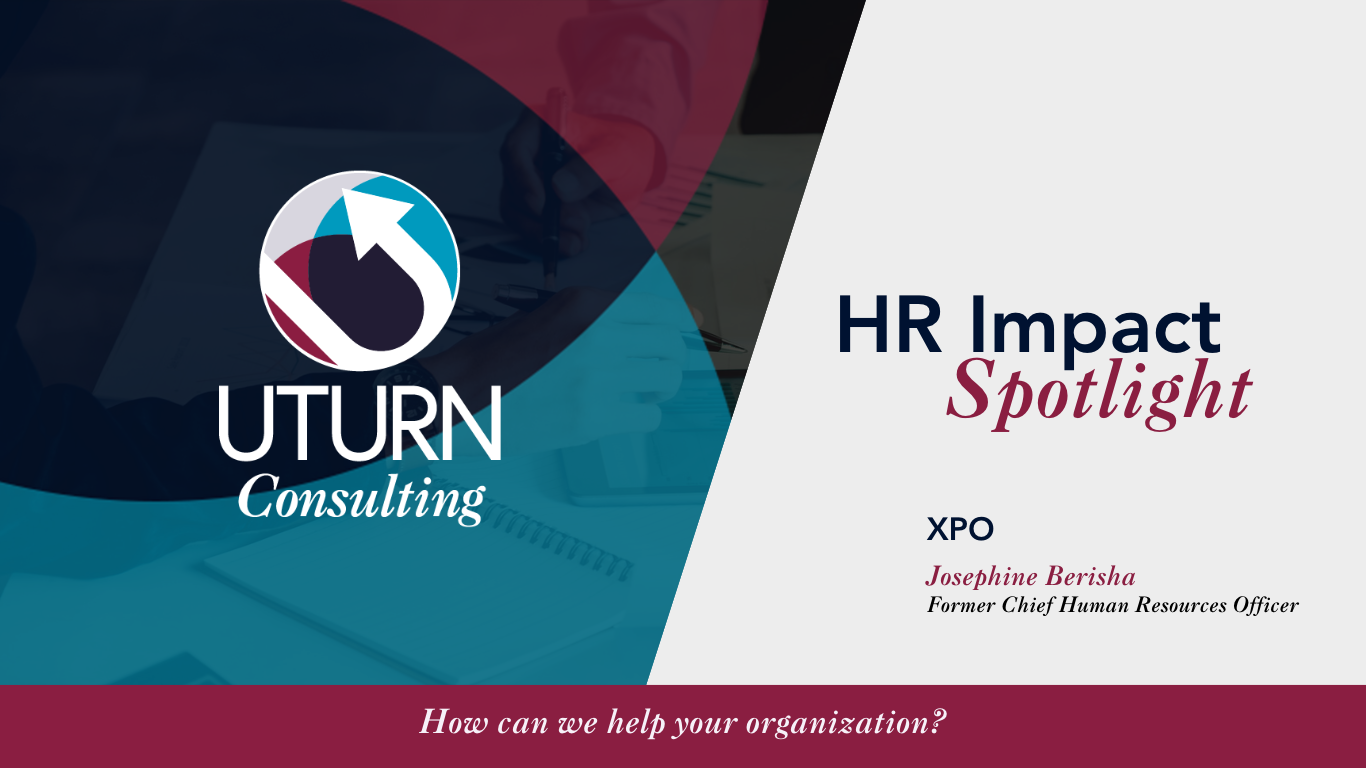“The bottom line.”
It doesn’t matter if you’re the CEO of a company or the Managing Director of a private equity firm—those three words are most likely the most important words in your vocabulary.
I’m willing to bet that the next set of words that are a close second is “maximizing shareholder value.”
Of course, this makes sense. And what are the two most common ways to grow the bottom line? Increase revenues, and improve efficiency. At the same time, companies and private equity firms alike are concerned about employee turnover and attrition.
My take is that it’s possible—and necessary—to care about both. To care about the bottom line of your revenue, and the bottom line of your employee value, too.
In my HR career, I’ve seen what happens when companies value—and invest in—their employees. Engagement increases and revenue follows suit.
If you’re looking for ways to invest in your employees—or the employees of your portfolio companies, here are some thoughts to consider:
Determine your EVP (Employee Value Proposition)
Author and speaker Simon Sinek is best known for his “Start With Why” book and TED Talk—but he’s also passionate about humans leading fulfilling lives, both at home and at work. In fact, he’s been known to say that fulfillment with what we do is a basic human right—not a privilege. He goes on to say that the workforce has a right to demand this fulfillment.
What happens when employees are fulfilled? They spend more discretionary time thinking about ways to improve their work and improve their company. They offer more big ideas—ideas that might just be their company’s new and successful product or service.
How do you create that employee fulfillment? It starts with being strategic: creating your company’s employee value proposition.
I read a Harvard Business Review piece by Mark Mortensen and Amy C. Edmondson early this year called “Rethink Your Employee Value Proposition” and it resonated so clearly with me. Mortensen and Edmondson say there are four interrelated factors that are part of an EVP:
Material offerings. These include what we typically think about when it comes to “perks”: compensation and benefits, physical office space, location, commuting subsidies, computers and other equipment, and flexible schedules.
Development and growth opportunities. These are all the ways an organization helps employees acquire new skills and become more valuable in the labor market—assigning them new roles, and putting them through job rotations, training, and promotions.
Connection and community. This includes a culture that allows people to express themselves candidly and feel a sense of belonging and safety (more on that one below).
Meaning and purpose. This is your organization’s aspirational reason for existing—and the answer to why employees do the work they do. For work to be fulfilling for many employees, their personal and professional values need to align.
As you think about your company’s own unique EVP, consider all of these facets. How well are you doing in these areas, and what might need to change in others?
Invest time and energy into clear communication
Not only do employees want to feel connected to your company’s mission and vision, they also want to understand how they’re impacting that vision. They want to understand the direction the company is headed, and how they fit into that shift. And as much as it feels like it doesn’t matter, employees want to hear from senior leadership about these things.
This is especially critical when it comes to a large merger, acquisition, or spin-off. I’ve been through several large mergers (Spectrum, Wells Fargo, and XPO) and it’s important to communicate what you know, when you can, as clearly and transparently as possible. It might be tempting to keep mum while the deal is going through, but silence is not golden in these situations. It winds up breeding a lot of chatter. When employees don’t hear what’s going on, they fill in the blank with what they think is going on—which might not be the truth. Perception becomes reality.
My best advice here is that if you’re managing change that includes your employees, determine your communications milestones. Create a checklist of all the milestones and determine the communication plan for each one of them. For example, employees will be most concerned about organizational announcements, as who they’re reporting to is something that directly affects them.
Create psychologically safe workplaces
Gartner defines psychological safety as an environment where individuals are recognized, rewarded, and encouraged for having contributions and ideas outside of the norm, challenging the status quo, and taking interpersonal risks.
A simpler definition: it’s about creating a workplace where your employees won’t be afraid to ask for help when they need it. Where they can raise concerns and speak up when something doesn’t feel right—without feeling like they’ll be punished for it. Where they can share their ideas and perspectives—even if they’re not fully baked. A place where they can take risks, make mistakes, and not immediately be put on a performance plan.
Creating a workplace like this doesn’t happen by chance—it’s all design. It begins by modeling the behavior you want to see. As a leader, practice true curiosity with your team members, asking them for their opinions or to weigh in on challenges your team (or the company at large!) is having. Make it okay to take risks—and take a few of them yourself. Consistently ask for feedback on your own leadership—and implement it.
Investing in people: great for your culture and the bottom line
Investments in company culture and anything that builds employee engagement are usually seen as an expense—which, of course, affects the bottom line. But as you’re thinking about the interests of your stakeholders, it’s essential to consider all of your stakeholders. That means your customers, your communities, and your employees.




